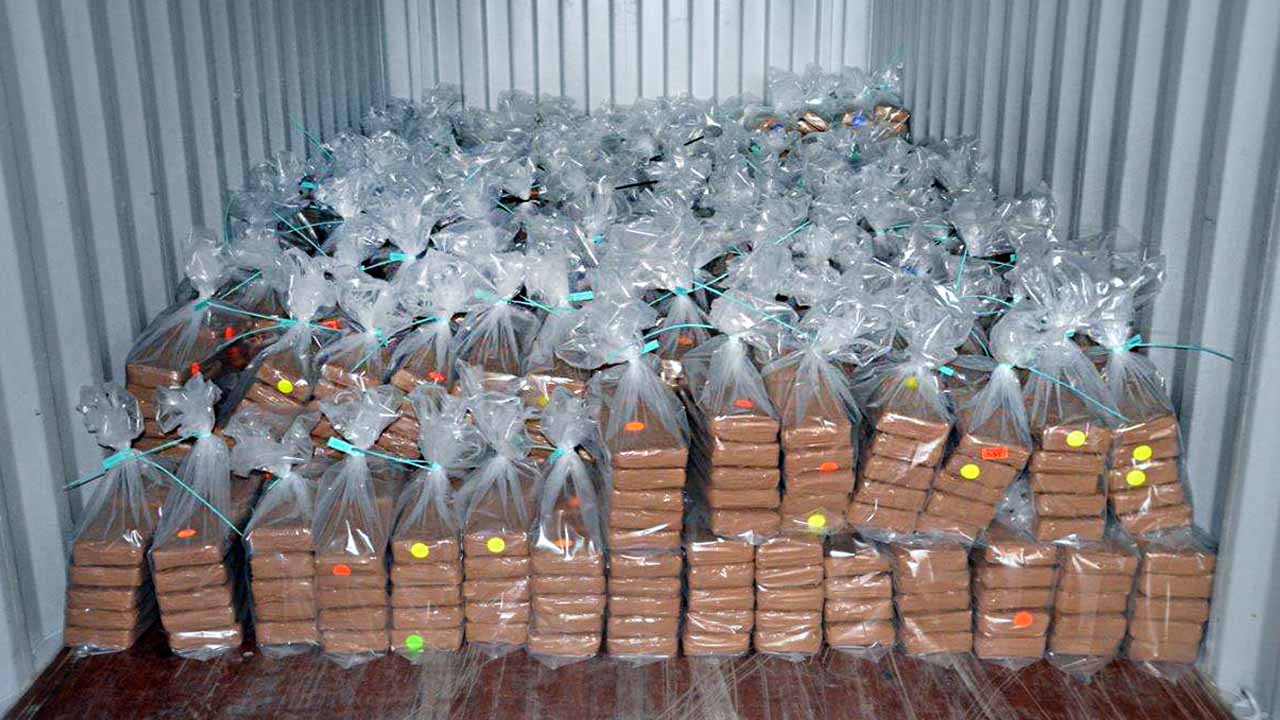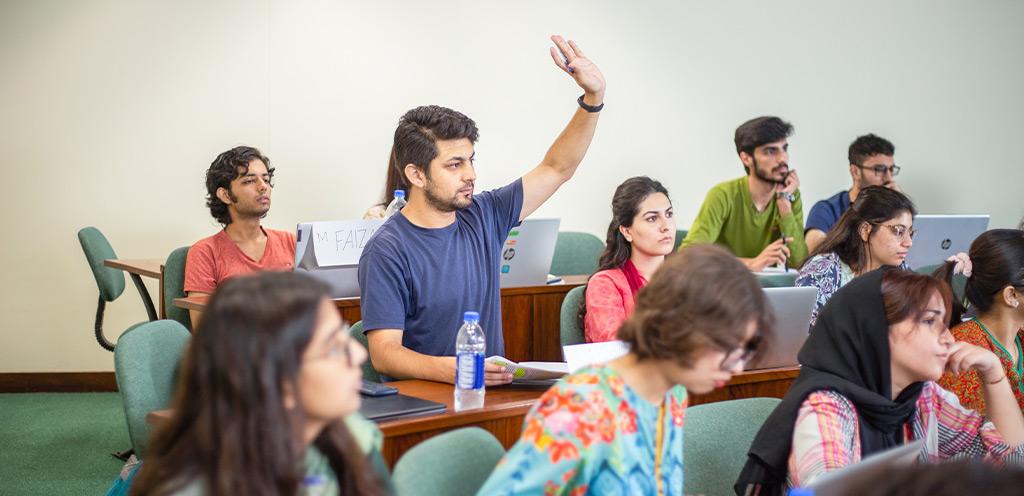- Web Desk
- 45 Minutes ago
Energy price hikes drive Pakistan’s inflation to highest level since 1974: WB
-
- Shahzad Paracha Web Desk
- Apr 07, 2024

ISLAMABAD: The increase in electricity and gas prices has driven inflation to the highest level in 50 years.
According to the World Bank, inflation in Pakistan during the first half of the current fiscal year was the highest since 1974.
In a report, the World Bank said that the rise in electricity and gas prices has been identified as a major cause of the inflation surge, with energy inflation in urban areas exceeding 50 per cent during the first half of the fiscal year. This has significantly increased production costs.
It said that specifically, energy inflation in urban areas was 50.6 per cent, compared to 40.6 per cent during the same period last year.
The average inflation rate for the first half of the current fiscal year was 28.8 per cent, up from 25 per cent last year, the report said.
Despite a stable rupee value and increased crop production, inflation rose, and it increased even though there was a reduction in price pressures in the global market, the report said.
Read more: Ministry of Finance forecasts inflation to ease in April
According to the World Bank, Pakistan’s economy is expected to grow by only 1.8 per cent in the current fiscal year ending June 2024.
According to World Bank’s latest “Pakistan Development Update: Fiscal Impact of Federal State-Owned Enterprises”, this subdued recovery reflects tight monetary and fiscal policy, continued import management measures aimed at preserving scarce foreign reserves, and muted economic activity amid weak confidence.
The update also highlights the high fiscal costs of federal state-owned enterprises (SOEs) and the critical reforms needed to improve their performance, efficiency, and governance, including via privatizations.
After a contraction in FY23, economic activity has strengthened over the first half of FY24 on the back of strong agricultural output.
This, together with improved confidence, also supported some recovery in other sectors. But growth remains insufficient to reduce poverty, with 40 percent of Pakistanis now living below the poverty line. Macroeconomic risks remain very high amid a large debt burden and limited foreign exchange reserves.
“The structural reforms needed to durably improve the economic outlook are known. Developing a clearly articulated reform implementation plan that is ambitious, credible and that shows quick progress is now essential to restore confidence,” said Najy Benhassine, World Bank Country Director for Pakistan.




